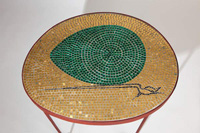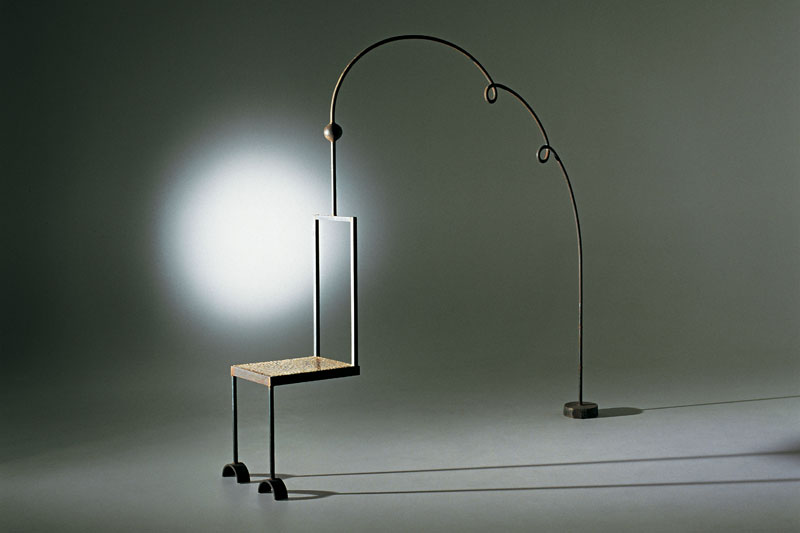Ugo Marano

Sedia del pensiero
collezione Megalopoli, 1986
sedia in ferro con sedile in mosaico.
cm 185 x 200.
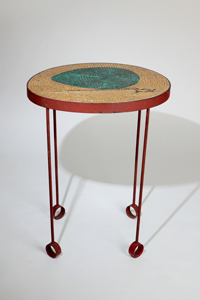
Uovo del paradiso
tavolo tondo, 1984
ferro, mosaico oro, nero e verde
altezza 87 cm, piano 68 x 55 cm.
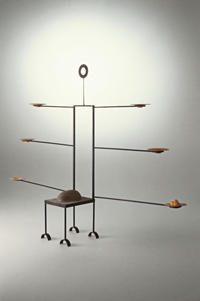
Mi piace molto veramente
seduta, 1985
ferro, sasso, sabbia, 6 piatti in terracotta
310 x 52 x 225 cm.
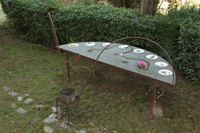
Tavolo dell’artista
ferro, sabbia, sassi, 8 piatti
tavolo: 320 x 122 cm
tutta la larghezza compreso la sedia: 245 cm, altezza 183 cm
montato da Ugo Marano
nel giardino di “villa la collina” di Agneta Holst
a Poggibonsi nel 1986.
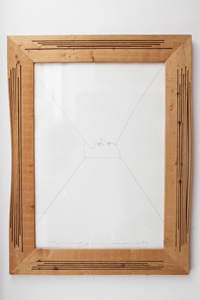
disegno
china su carta
con cornice dell’artista, 1987
68 x 88,5 cm

disegno
china su tela, 1987
18 x 24 cm
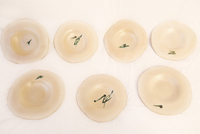
Piatti beige 7
serie di 7 pezzi, 1983
terracotta smaltata
23 cm
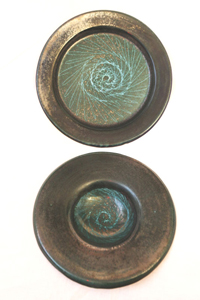
Piatti verdi
piatti, 1983
terracotta smaltata
con segni di conchiglia all’interno
28 cm
25 cm
Biography
The sculptor Ugo Marano, born in the early 1940s, approached ceramic art around the end of the 1960s, when he spent time at the Vietri-based ceramics factory “Ri.Fa.”, run by Matteo Rispoli. In 1971, Marano started the “Progetto Museo Vivo” in order to modernize the traditional production of Vietrese ceramics. Going beyond the concept of the ceramic object’s functionality, he produced works with the titles: “Egostrumenti”, “Antipavimento” and theorized “Antirestauro”, or anti-restauration. In 1979, he opened “Fabbrica Felice”, which he defined as: “…labor architecture in which expressive activities are developed on the principle of individual and collective realization…” In the 1970s-80s, in his studio at via Casa Forte 16, in Capriglia, in the province of Salerno, Marano definitively abandoned the concept of ceramic objectuality and considered the completion of the work almost exclusively as the comportamental element, thereby making clay the most versatile expressive element at his disposal. In the early 1990s, Ugo Marano completed his artistic iter with the project “Museo delle 99 Terre” in which his wife Stefania Mazzola and his son Paolo also participated. The project’s first operation was completed in 1992, with the creation of the “Vasai di Cetara” (Cetara Potters) group, a community of ceramics students in perpetual change, whose purpose is: “…to open a furnace in every corner of the earth, even a domestic one, of freedom and communication…”








